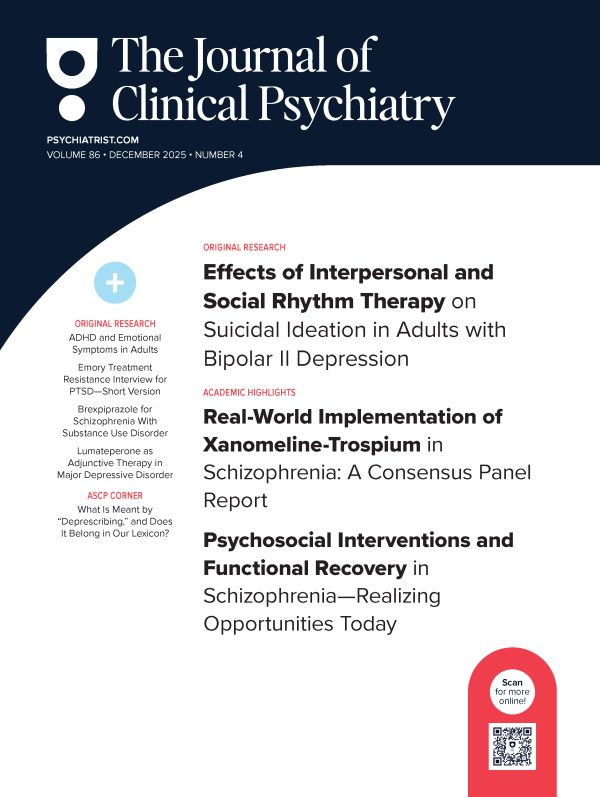Objectives: Treatment with second-generation antipsychotic (SGA) medications has been linked with increased rates of the metabolic syndrome (i.e., dyslipidemia, obesity, and hyperglycemia). Several sets of published recommendations now provide clinicians with guidelines for monitoring metabolic parameters in individuals with schizophrenia treated with SGAs. However, few data are available regarding actual metabolic monitoring practices in this patient population. The objectives of the study were to determine baseline lipid monitoring rates for individuals with schizophrenia prescribed SGAs during the period prior to the publication of monitoring guidelines and to determine whether individuals with abnormal lipid levels received follow-up monitoring sooner than individuals with normal levels.
Method: Lipid monitoring rates for 408 individuals with schizophrenia who were prescribed SGAs from October 1999 to October 2003 were examined using administrative data from a Veterans Affairs facility. Survival analysis was used to examine time to follow-up lipid measurement and to compare time to follow-up measure for individuals with normal initial lipid levels versus those with elevated initial lipid levels.
Results: Eighty-five percent of individuals had at least 1 measurement for total cholesterol or triglycerides in a 4-year period. Abnormal initial measurements predicted significantly earlier follow-up monitoring (p < .005 for total cholesterol, p < .05 for triglycerides, p < .001 for low-density lipoprotein cholesterol). However, median time to follow-up measure was 304 days (approximately 10 months) for individuals with elevated total cholesterol levels, which is too long for optimal clinical follow-up.
Conclusion: Program managers and clinicians should assess adequacy of monitoring and support quality improvement initiatives in this area.
Please sign in or purchase this PDF for $40.00.





